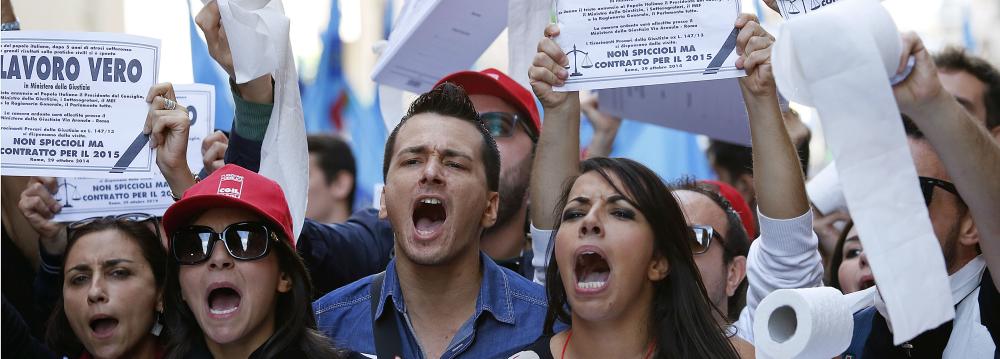Eurozone inflation doubled in September to the highest level since late 2014, but remained well below the European Central Bank’s target, the flash estimate from Eurostat showed Friday.
The eurozone’s jobless rate held steady at a five-year low for a fourth straight month in August, RTT reported.
Inflation rose to 0.4% from 0.2% in August. A similar high rate was last seen October 2014. This was the fourth consecutive rise in prices and exceeded the expected growth of 0.3%.
Nonetheless, headline inflation has been below the ECB’s target of ‘below, but close to 2%’ since early 2013.
Final data is due on October 17. Data supports the view that the ECB has more work to do to return eurozone inflation to target on a sustained basis, Jack Allen at Capital Economics said. The economist expects the bank to announce a six-month extension of its asset purchases in December.
Core inflation that excludes energy, food and tobacco, held steady at 0.8% in September.
Food and tobacco prices climbed 0.7%, while energy prices decreased at a slower pace of 3%. At the same time, non-energy industrial goods prices and services prices gained 0.3% and 1.2%, respectively.
Among major eurozone nations, German inflation rose to a 16-month high of 0.7% in September. French inflation doubled to 0.4% from 0.2% a month ago.
Spain’s consumer prices turned positive in September for the first time in 14 months. Consumer prices advanced 0.3%, reversing a 0.1% drop in August.
Unemployment Up
Similarly, Italy’s consumer prices increased in September after falling for seven consecutive months. Prices edged up 0.1%.
The eurozone unemployment rate held steady at 10.1% in August. Economists had predicted a rate of 10%. The rate has been at its lowest since July 2011 since April. A year ago, the jobless rate was 10.7%.
The youth unemployment rate came in at 20.7% in August versus 20.8% in July.
The number of unemployed increased by 8,000 from July, while it decreased by 875,000 from prior year.
The EU28 unemployment rate was also unchanged in August, at 8.6%, the lowest figure since March 2009.
The lowest unemployment rates were recorded in the Czech Republic and Germany, while the highest unemployment rates were observed in Greece and Spain.
Regional data showed that Italy’s unemployment rate remained at 11.4% in August. Germany’s rate held steady in September, at 6.1%, the lowest since reunification, but the number of people out of work rose unexpectedly by 1,000.
Monthly Confidence Report
Eurozone manufacturers shrugged off concerns about the impact of the UK’s decision to leave the European Union, reporting a pickup in export orders that helped boost confidence in September to its highest level this year, Nasdaq reported.
The more upbeat outlook was shared by eurozone consumers, as well as retailers, service providers and construction companies. And the recovery in sentiment spread beyond the currency area, with British consumers and construction companies also gaining confidence during the month, though the country’s manufacturers became more pessimistic.
But the European Commission’s monthly survey of sentiment recorded a jump in confidence among manufacturers, which are typically more reliant on exports than service providers or other types of businesses. Its sentiment measure rose to minus 1.7 from minus 4.3 in August to reach its highest level in 2016 and exceed expectations of an unchanged reading. Manufacturers reported a pickup in total orders, as well as export orders.
There were more modest gains in confidence among households and other types of business, which contributed to a rise in the Economic Sentiment Indicator for the eurozone to 104.9 from 103.5 in August. That was the highest reading since January, and another surprise.
The rebound in confidence from an August drop suggests the eurozone’s modest recovery is set to continue into the final months of this year, since upbeat households and businesses tend to spend more freely.


